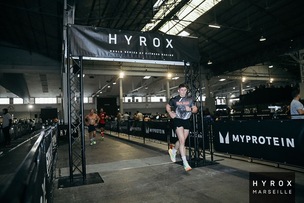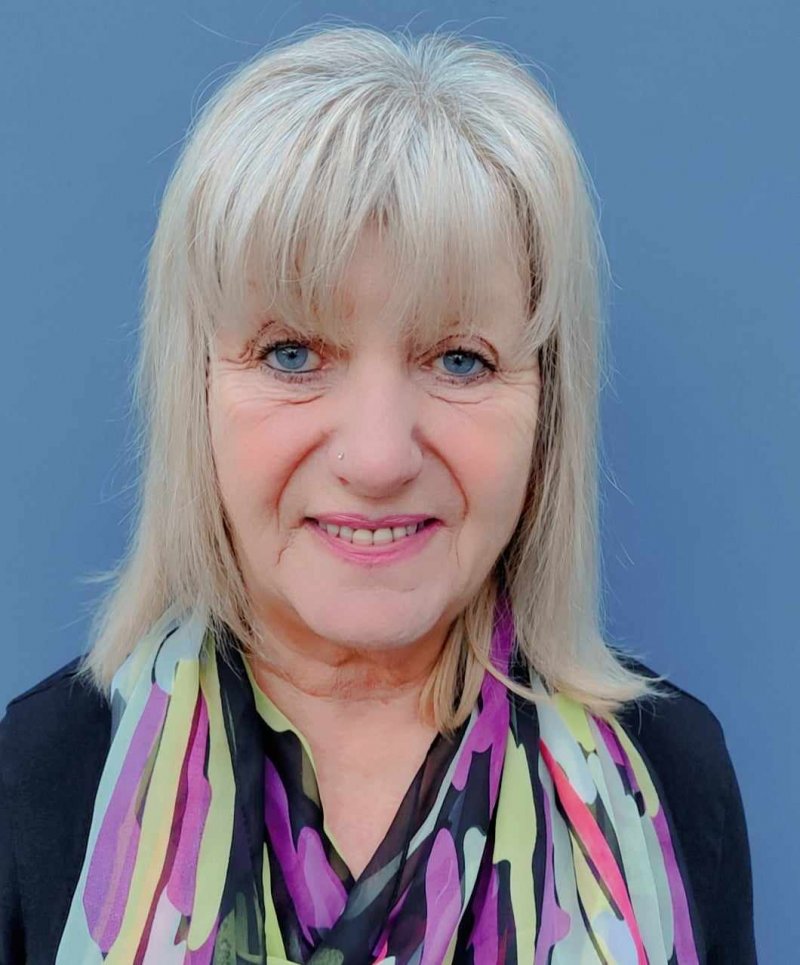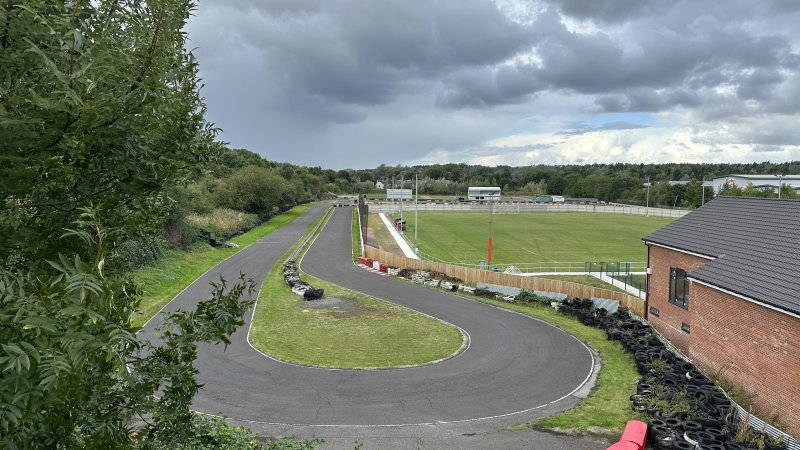WORK is ongoing to ensure the history of the town keeps coming to the surface. In the final part of the archaelogical series, Ashley Ball speaks to experts about recent discoveries, getting the public involved and future projects.
Elsecar’s industrial past is likely to keep archaeologists busy for some time while also affording local people the chance to get up close to their ancestors and heritage. The rich history in the village has been closer looked at over the last two summers with back-to-back community digs. It may be a picturesque, touristy village now but it was once a thriving industrial hub where huge bridges were constructed, coal was mined and an enormous engine powered the process.
“It’s recognised by Elsecar Heritage Action Zone (a partnership between Barnsley Museums and Historic England) that Elsecar is quite special,” said Dr Tegwen Roberts, heritage action zone officer at Barnsley Museums.
“Elsecar was built by the fourth Earl Fitzwilliam, of nearby Wentworth Woodhouse, as an industrial showpiece so he could show what he could do to people in the industry and other important people. It was as a precursor to places like Saltaire and a centre of innovation during the 19th century.
“Because everything was all built really well, a lot has survived and is left underground.”
So what have they found? There have been two focuses of attention. First it was the former Milton Ironworks which was operational from the 1790s until the 1880s.
Amongst other things, the Milton Ironworks made steam engines and iron bridges, including two huge suspension bridges designed by Marc Brunel (the father of famed engineer Isambard Kingdom Brunel). These were erected in fields close to the ironworks for testing and attracted hundreds of sightseers to marvel at the creations.
A two-week community dig, which involved 100 local volunteers and schoolchildren, took place in 2018 where an early calclining kiln - used to roast iron ore - was discovered.
Dr Roberts said: “There is an awful lot surviving. The Milton site is luckily on a playing field near The Furnace pub and the two big furnace ponds – which give a clue to where it once stood.
“Geophysics was used to find hotspots and three trenches were dug. We had a map from about halfway through the period it was open but we found the kiln that we didn’t know about.”
Last summer was spent focusing on the former boiler houses for the Newcomen Beam Engine which remains the oldest steam engine of its kind to remain in its original location. The engine ran from 1795 to 1923 and was used to extract water from the mine so that mining could go on deeper into the seams. The two-week dig uneathered the last boiler houses for the engine which were demolished in the 1930s.
Dr Roberts added: “We were surprised by how much survived. We knew there was one there but we found most of the building other than the roof.
“It’s in really good condition. It tells us a lot about what made Elsecar work. It’s a piece of the story and to be there was incredible.
“Volunteers uncovered the stoking area, where the workers would have shovelled coal to keep the fires going and the engine running for hours at a time.”
The community involvement on both the digs ensures a bond with ancestors and the community they are brought up in.
“Elsecar is rightly a tourist attraction but for local people it’s their heritage,” added Dr Roberts. “In total, 125 young people and 40 community volunteers helped on the dig, with over 350 visitors during the two weeks.
“We met someone who had done their family tree and found an ancestor had worked at Elsecar as a puddler. The connection is really strong and it was great that it could be explored.
“There is lots left to find and we have a better sense of what’s packed in below Elsecar. We are hoping to carry out more archaeology in the village in the future, working with the local community and schools. Elsecar has lots of amazing secrets still to reveal.
“We are responsible for the whole borough but Elsecar will be a focus going forward. We are keen to build on what we have done without ignoring the rest of the borough.”
***
PART of Discover Dearne’s remit is to explore the historical heritage of the valley which takes in Barnsley and beyond. By doing so, it can be celebrated more and local people can immerse themselves in what life would have been like for their ancestors. Recent projects have seen explorations taking place across the borough thanks to funding through the National Lottery Heritage Fund.
Here is what they have found:
- Hoyland Lowe Stand. A historic building survey and history search was carried out at the 18th century building, believed to have been used as a hunting lodge/gamekeeper’s residence for the Marquis of Rockingham. The building offers incredible views across the area and is known as one of the highest points of South Yorkshire. It is currently in a state of disrepair but local volunteers were given training and guidance on the practices and methods of recording old buildings.
- Mill of the Black Monks, Cundy Cross. ArcHeritage conducted a graffiti recording exercise at the building, known as the oldest in Barnsley. Volunteers from the Friends of Monk Bretton Priory and the Conisbrough Research and Archaeology Group recorded and received training on recording the graffiti at the former watermill dating back to a 17th century rebuild. Proforma and digital photography was used to capture the 22 inscriptions inside and the 18 outside. There is believed to be more. The earliest is from one of the millers, a Ralph Taylor, in 1709. The latest is dated 1897.
- A farm excavation (Darfield area). A community excavation took place at an undisclosed location where a Saxon farm is believed to have been. The site was identified by cropmarks and was subjected to a geophysical survey which showed there had once been two structures on the site. Two trenches were excavated with the second one yielding pieces of Romano-British pottery along with burnt feature possibly a campfire.
- Gun battery, Bolton-upon-Dearne. An historical building survey took place at the site of the former anti-aircraft battery just off the Trans Pennine Trail near Lowfield Road. It is in a semi-ruinous state but four gun emplacements, a command post, a Nissen magazine and part of the stations service track remain. Local volunteers undertook training and guidance on how to record the historic structure which had been used during the Second World War. Unfortunately due to its location at Adwick Washlands, it is too wet to explore properly. Discover Dearne would like to hear from people who may recall more about its history particularly as it had been predominantly manned by women.
- Waterloo kiln, Swinton. Extensive test pits were dug and almost 4,000 pieces of pottery were recovered. Most were well-known but were not decorated or printed. The site, which can be traced back to the 1740s, was the subject of a community excavation of three trenches. The first discovered the remains of a substantial stone structure. Likely to be the remains of workers’ cottages. The second trench showed evidence of substantial demolition work and a partial cobbled surface. In the third trench, the remains of a brick kiln, stood on a brick floor, was found. Historic evidence suggests that this may have stood within a building. Liane Holdsworth, from Discover Dearne, said: “One of the most impressive things for me was from the test pits you could see the step into the workers’ cottage and it had been worn down in the middle due to the thousands of times it had been stepped on. What we would like to do is get some kind of augmented reality set up so people can see what it would have been like.”
- Monk Bretton Priory. A geophysics survey was carried out but the findings were deemed to be inconclusive.
***
COULD an elephant be buried underneath a Barnsley park? That’s the outrageous and unlikely question Liane Holdsworth, the programme development manager at Discover Dearne, wants answering.
“We wanted to tell the story about Dearne Valley Park on Harborough Hill and all the industry there,” she said. “I was talking to John Twigg from Twiggs - a council-commissioned green space clean-up team - and he mentioned about the elephant.
“The story he was told was that the circus came to Barnsley and camped there. They heard that an elephant died while they were there, so it had to be buried in the park as there was no way of actually moving it. Obviously circuses move around and so do tales. I don’t care if it’s a load of tosh, but it would be nice to hear people’s recollections of that story and from the park itself.”
Under more normal circumstances a more thorough and definitive test would have been carried out. So the wait will go on until after the coronavirus restrictions are relaxed.
Liane added: “We wanted to bring in, with funding, geophysics to see if there was a lump under the field. “I really want to know either way.”
If you have recollections of this story or memories of the park itself, please email discoverdearne@barnsley.gov.uk.



























